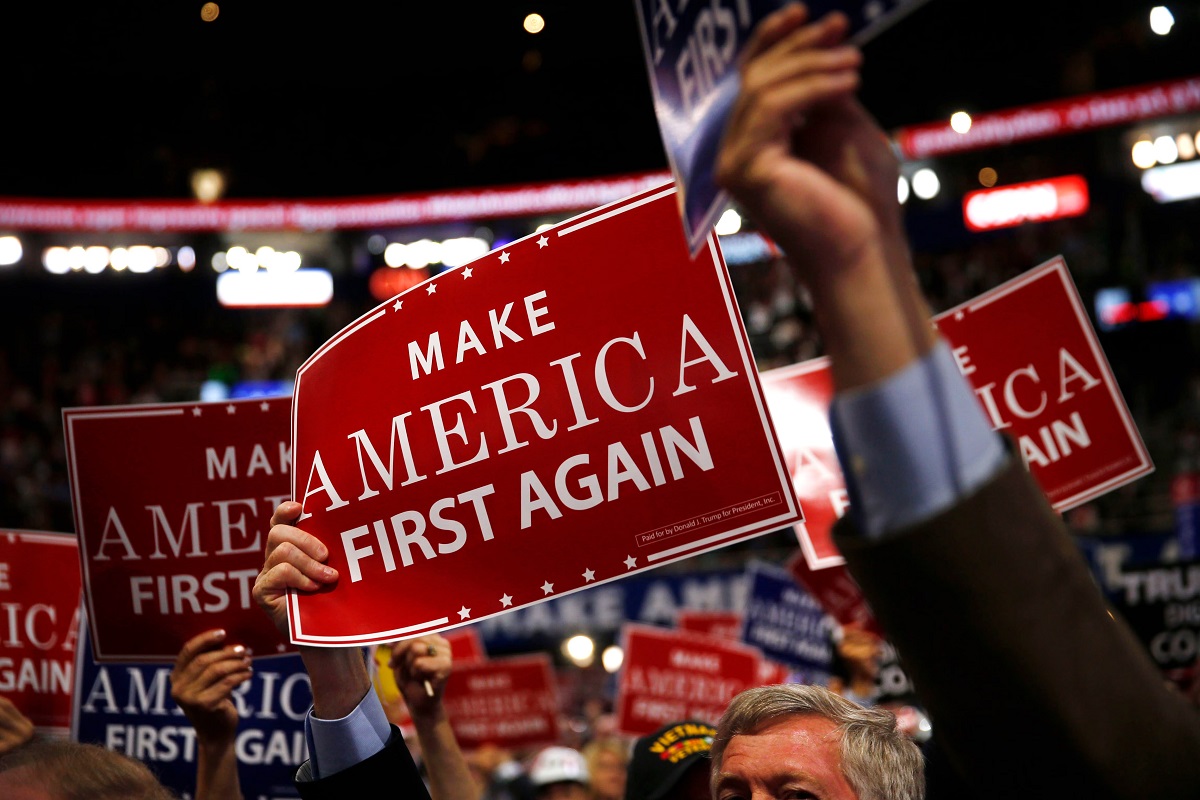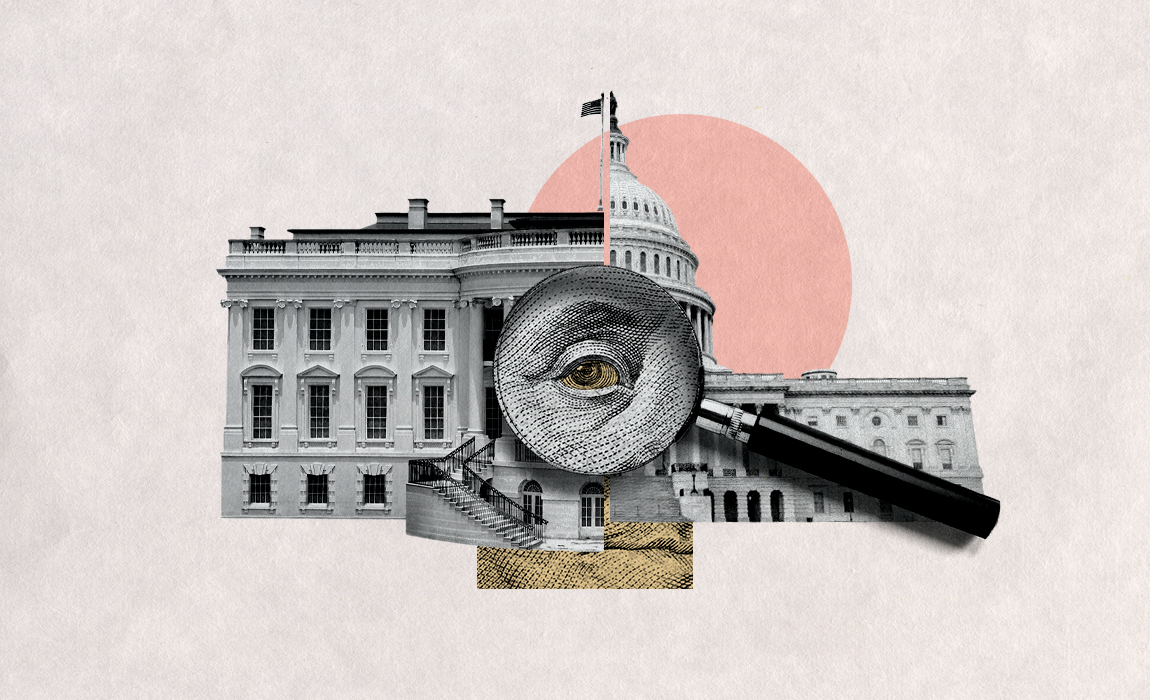☝️Free Housing Market Newsletter: https://beacons.ai/goodnewsrealtygroup/monthlynewsletter
🏡Free Guide! Boise's Best Suburbs: https://beacons.ai/goodnewsrealtygroup/boisebestsuburbs
Boise Housing Market Newsletter: https://www.gnrgmedia.com/idaho-housing-market-newsletter
Is Boise’s housing market on track to hit a $1.2 million median sales price by 2033? Realtor.com’s bold prediction and we’re breaking it down with real data, historical trends, and market insights. From pre-pandemic growth rates to current construction permits and economic factors like unemployment and inflation.
Check out our reaction to Revnture➡️ https://youtu.be/1DAkMmkOupU
Ways to Work with Us
📲 Call Direct at 208-800-9073
📲 Email: info@goodnewsrealtygroup.com
📲 www.goodnewsrealtygroup.com
📲 Want us to reachout to you? https://forms.gle/RHP6tFHUZMZydnLK6
Connect with us!
FB: https://www.facebook.com/GoodNewsRealtyGroup
IG: https://www.instagram.com/goodnewsrealty
Blog and Real Estate Updates: https://www.goodnewsrealtygroup.com
Question – Do you think that the Real Estate Market is crashing or correcting?
#housingmarketcrash #interestrates #boiseidaho
00:00 Intro & Realtor.com Prediction
02:00 Boise Housing Trends Pre-Pandemic
06:00 Current Housing Data (Sales, Inventory, Permits)
12:00 Economic Indicators (Unemployment, Inflation, Debt)
14:30 Conclusion: Is $1.2M Realistic?
About this video:
Are you wondering about the current state of the housing market? Are you concerned about the potential for a market crash, or wondering if home prices will ever come down? Are you trying to understand why rent is so expensive? We aim to provide answers to these and other questions about the housing market in our weekly content.
If you're looking to buy or sell real estate in Idaho, follow our updates. Good News Realty Group LLC, located in Boise Idaho.










